This research examines trail funding and development in New Jersey, highlighting funding opportunities, challenges, and best practices to accelerate shared use path implementation.
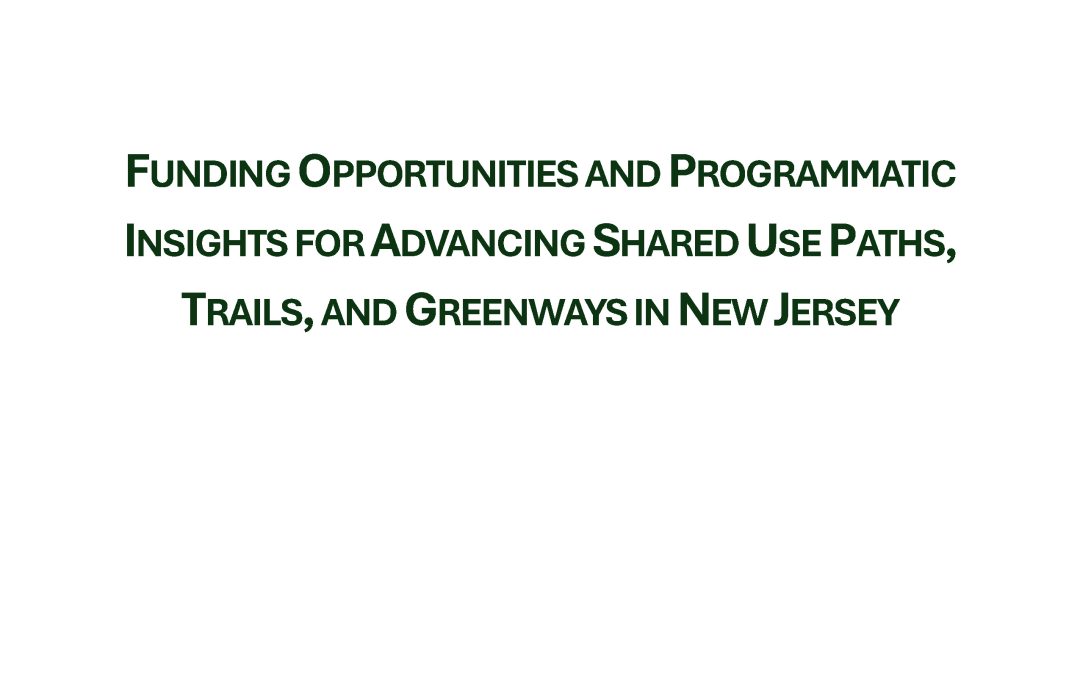

This research examines trail funding and development in New Jersey, highlighting funding opportunities, challenges, and best practices to accelerate shared use path implementation.
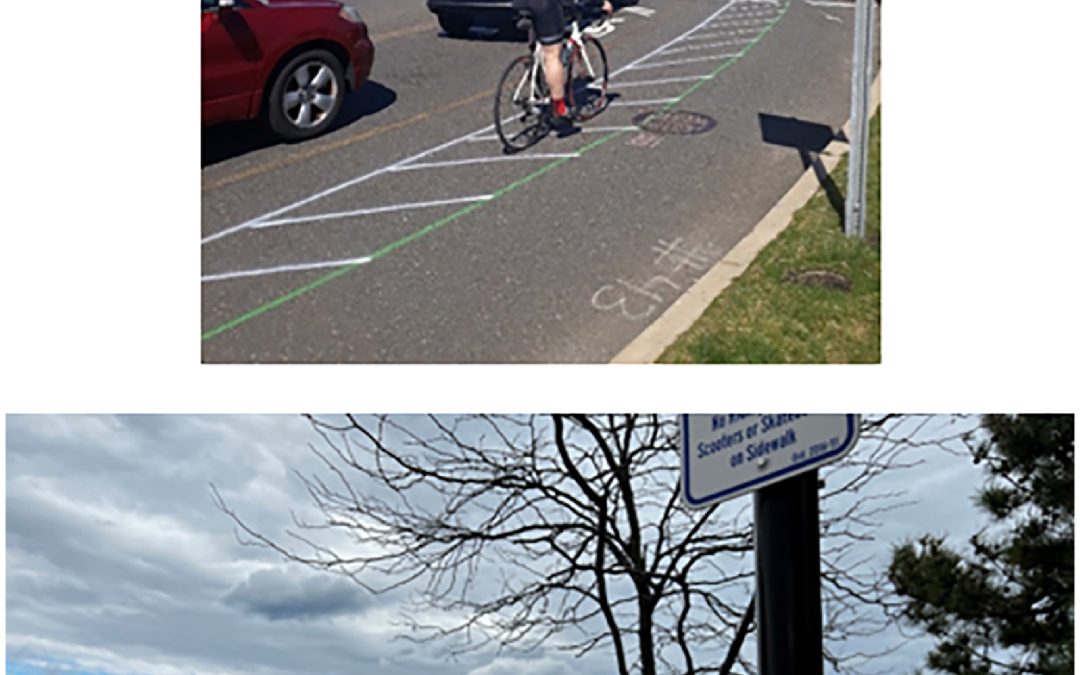
A team of Rutgers researchers led by VTC’s Hannah Younes analyzed the effect of a bicycle lane on traffic speeds using computer vision techniques.
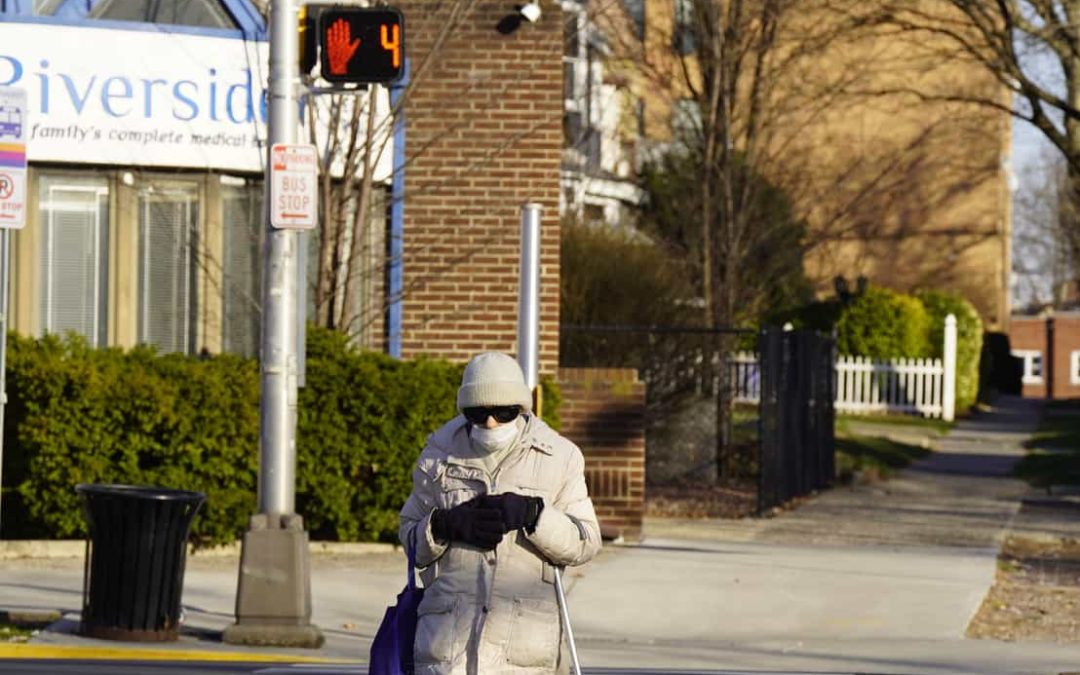
The researchers investigated the relationship between people who worked from home during the pandemic and how often they walked before, during, and after COVID.
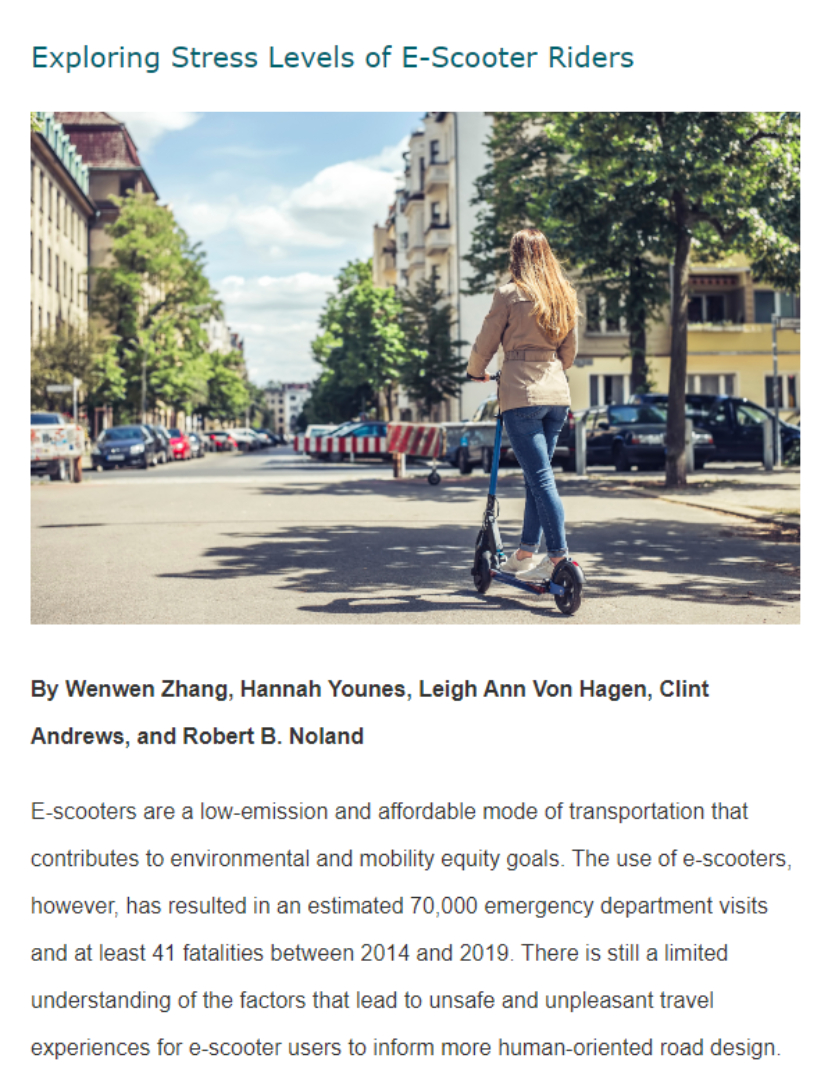
The results of this pilot data collection effort provide insights on the potential use of the latest sensor technology and computer vision algorithms to understand travel behavior for new and emerging transportation modes.

The research presented in this paper identified promising practices used by those entities that had completed their projects (and had successfully achieved their goals) despite difficulties along the way.
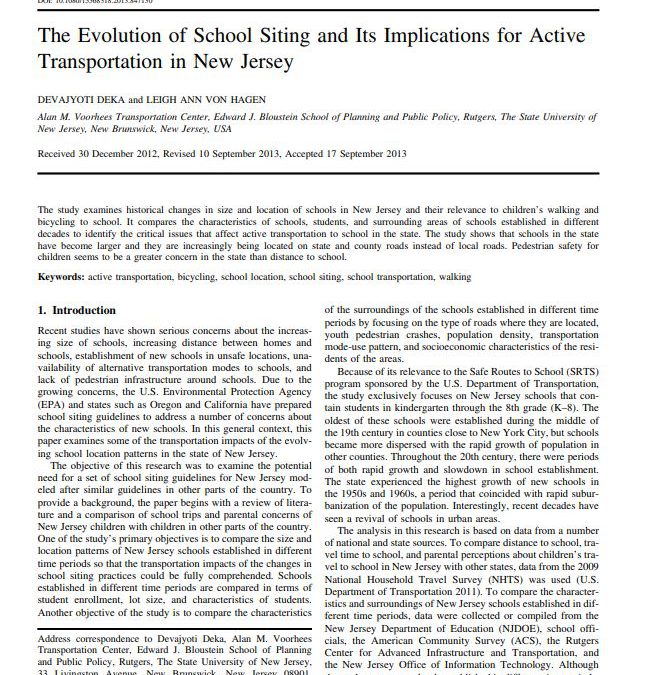
The study examines historical changes in the size and location of schools in New Jersey and their relevance to children walking and bicycling to school.
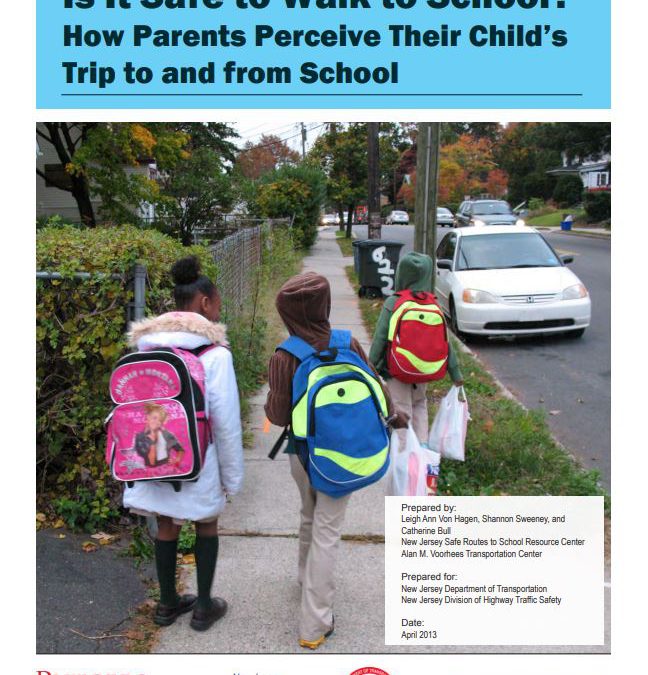
This research study reviews literature on risk perception and data from surveys that were distributed to parents throughout six public school in New Jersey.
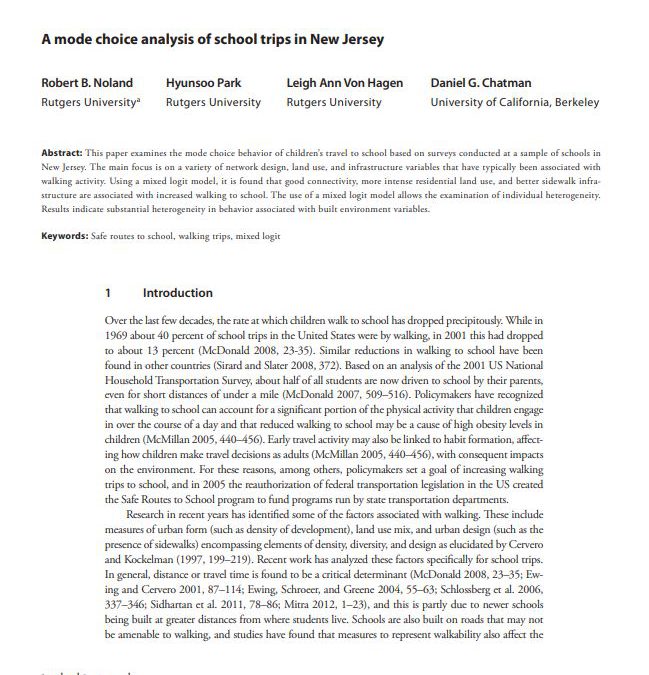
This paper examines the mode choice behavior of children’s travel to school based on surveys conducted at a sample of schools in New Jersey.
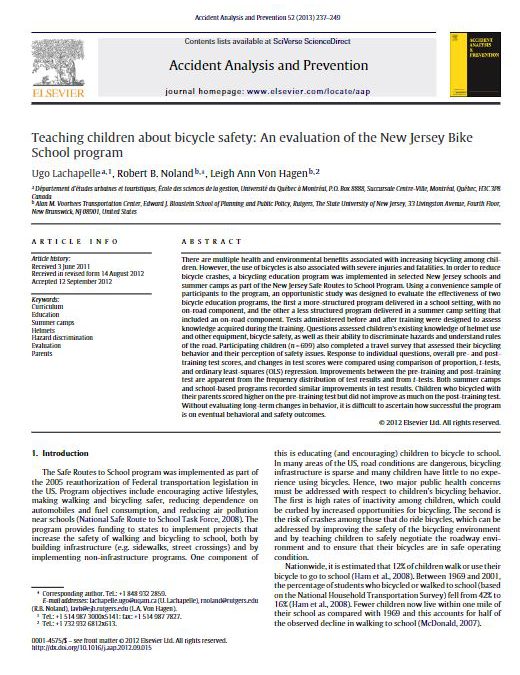
An opportunistic study was designed to evaluate the effectiveness of two bicycle education programs, the first a more-structured program delivered in a school setting, with no on-road component, and the other a less structured program delivered in a summer camp setting that included an on-road component.
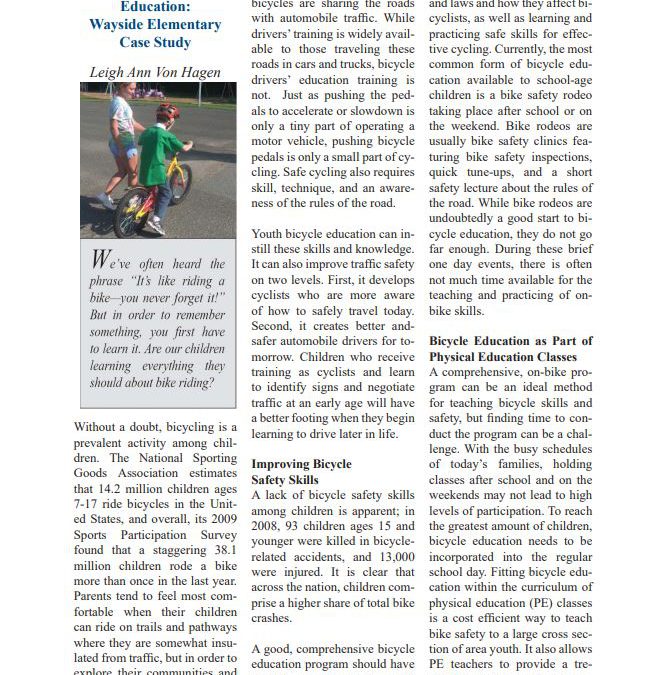
A case study of the success of Wayside bicycle education program.
Induced travel elasticities associated with new road capacity are typically estimated for roads of higher functional classifications, such as interstate freeways and principal arterials. These are estimated as “own” elasticities, that is an increase in lane kilometers...
There is a growing perception that e-scooters are more dangerous than bicycles and e-bikes, with towns implementing measures to ban their usage. Yet, there is not much evidence from large scale surveys to substantiate this claim. Nearly 14,000 micromobility injuries...
We compare charging station accessibility for different income groups in the San Francisco Bay Area. Using a microsimulation model, we estimate charging station accessibility under varying battery range scenarios, assuming different income groups have vehicles with...
The New Jersey Micromobility Guide serves as a resource for micromobility users across the state, collecting and summarizing the laws and safety best practices that can make riders safer. Micromobility, which includes e-bikes, e-scooters, and other low-speed devices,...